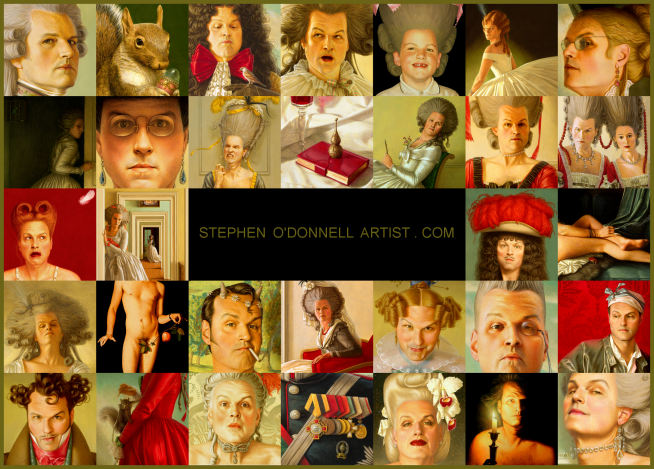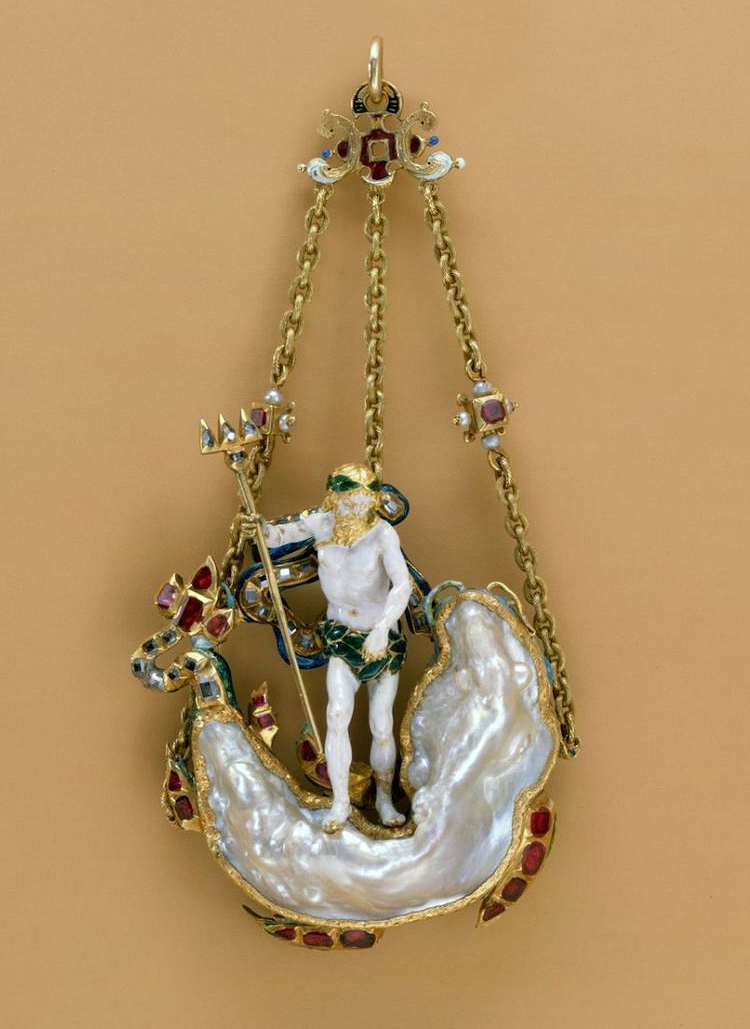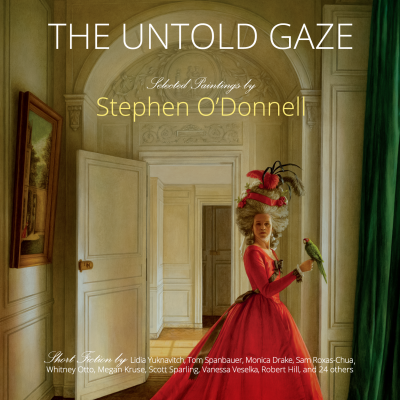 |
| Horst P. Horst, 1937. |
 |
| Man Ray, circa 1928. (Three images.) |
 |
| Horst P. Horst, 1934. He is costumed as "Archduke Rudolf" for his famous Bal de Valses. |
 |
| George Hurrell, circa 1935-36. |
Nicolas "Niki" Louis Alexandre, 5th baron de Gunzburg (12 December 1904, Paris - 20 February 1981, New York City), French-born magazine editor and socialite, he served as an editor at several American publications, including Town & Country, Vogue, and Harper's Bazaar, and was named to the International Best Dressed List Hall of Fame in 1971. He was born into a wealthy and influential Russian-Jewish family, whose fortune had been made in banking and oil. The Günzburgs, as they were originally known, were ennobled during the 1870s by the Grand Duke of Hesse and by Rhine; their Hessian title was made hereditary in 1874 by Czar Alexander II of Russia. (When the family began spending more time in France later in the century, the umlaut was dropped and the particle "de" adopted.) Raised primarily in England, where his father worked as a banker and director of the Ritz Hotels Development Corporation, he would spent his later youth in France, where he was accustomed to a lavish lifestyle. One that included constant parties, costume balls, and other entertainments, but little or nothing in the way of useful or gainful employment. It's said that when his father died in 1929, it was discovered that the family fortune had fairly vanished. Three years later he starred in and co-produced Danish film director Carl Dreyer's expressionistic horror film
Vampyr, under the pseudonym Julian West. In July of the following year he threw his famous
Bal de Valses, which had as its theme the milieu of the Viennese Imperial Court, circa 1860. Attended by
le tout-Paris - the likes of Chanel, Carlos de Beistegui, Natalie Paley, Fulco di Verdura, and wall to wall aristocrats - it was a last hurrah. Having booked passage even before the night of the ball, he arrived in the United States shortly after, settling first in Hollywood, where he was one of a growing colony of European
émigrés who sought refuge there. But he soon abandoned California for Manhattan; he arrived in New York City on 10 November 1936 and rented an apartment in the Ritz Tower. His certificate of immigration from the French Consulate General in New York listed him as
sans profession. But he later worked as an editor at Harper's Bazaar and than as editor in chief of Town & Country. In 1949 he was appointed senior fashion editor of Vogue. He was also a mentor to three fashion designers who would go on to great success: Bill Blass, Oscar de la Renta and, most notably, Calvin Klein. Gay, he never married, but had two long term relationships. The first was with actor/singer Erik Rhodes, best known for his comic roles in two Astaire/Rogers vehicles, The Gay Divorcee and Top Hat. The second was an artist from Texas, Paul Sherman. The two met in the late 1950s and remained together until Gunzburg's death at the age of seventy-six. He was buried in Glenwood Cemetery, near his summer home in Highland Lakes, New Jersey, with a small private service at which Blass, de la Renta, and Klein were among the mourners. The title of baron de Gunzburg became extinct on his death.
A writer at Vogue once described him as:
A slender, attractive man with a really dry wit, a gift for mimicry, and a sharply developed taste for the simple but cultivated amenities of living.
*
Five additional proofs from the Man Ray sitting, circa 1928.

















_9536.png)









































